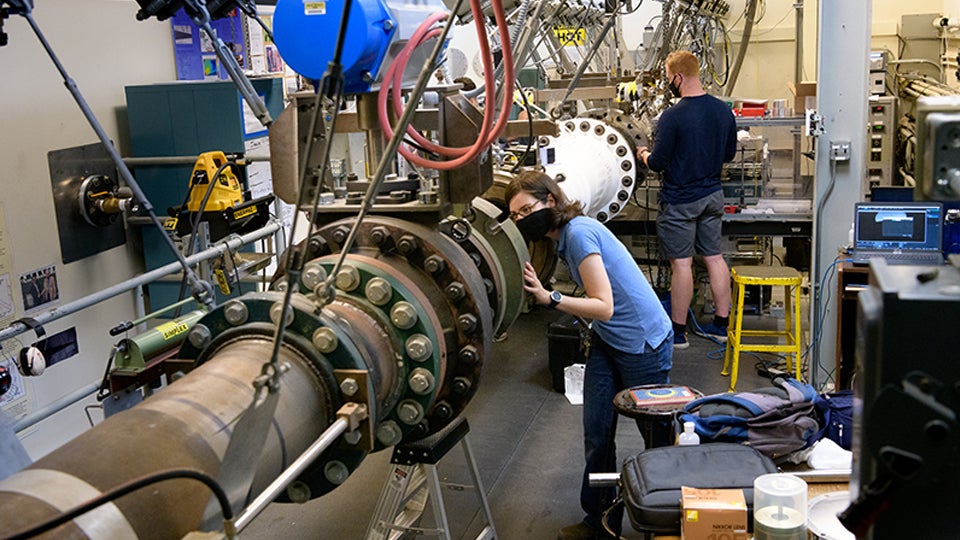Purdue announces $41 million investment for hypersonic research facility
WEST LAFAYETTE, Ind. (Inside INdiana Business) — Purdue University plans to take hypersonic research to a level few institutions have reached by investing $41 million to build a state-of-the-art hypersonic research facility. The planned 65,000-square-foot Hypersonic Applied Research Facility will house two wind tunnels, including a more advanced hypersonic tunnel.
Purdue says the Mach 8 quiet wind tunnel is the only one in the world. The university also operates a Mach 6 wind tunnel.
The new building, planned for later this year, will also house a hypersonic pulse shock tunnel. In October, Virginia-based aerospace and defense technology company Northrup Grumman Corp. (NYSE: NOC) donated the HYPULSE shock tunnel to Purdue.
The tunnels recreate different scenarios such as spacecraft re-entry or missile flight through the atmosphere.
“This first-of-its-kind facility will further Purdue’s capacity to conduct research including tests and evaluations under real-world conditions for faculty, industry partners, federal agencies and other stakeholders,” said Theresa Mayer, Purdue’s executive vice president for research and partnerships. “Purdue’s rich hypersonics program includes both a broad bench of more than 40 experts and unique capabilities that allow the university to play an important role in the security of our nation.”
Purdue says the Mach 8 quiet wind tunnel and the HYPULSE tunnel offer controlled environments to research several facets of high-speed flight. The new Mach 8 quiet wind tunnel more closely simulates flight and provides more accurate data than conventional hypersonic wind tunnels.
Hypersonic vehicles can travel more than five times the speed of sound and fly in the upper reaches of the atmosphere. Purdue says the HYPULSE tunnel allow flight simulations at speeds ranging from Mach 5 to as high as Mach 40.
Construction begins in September.

